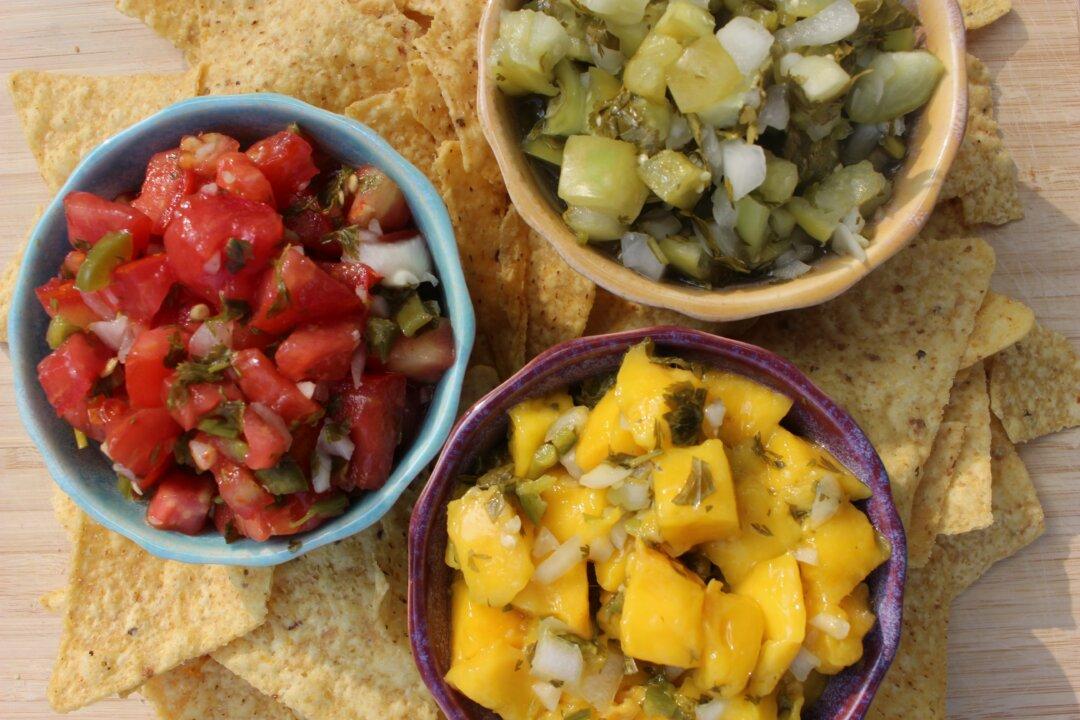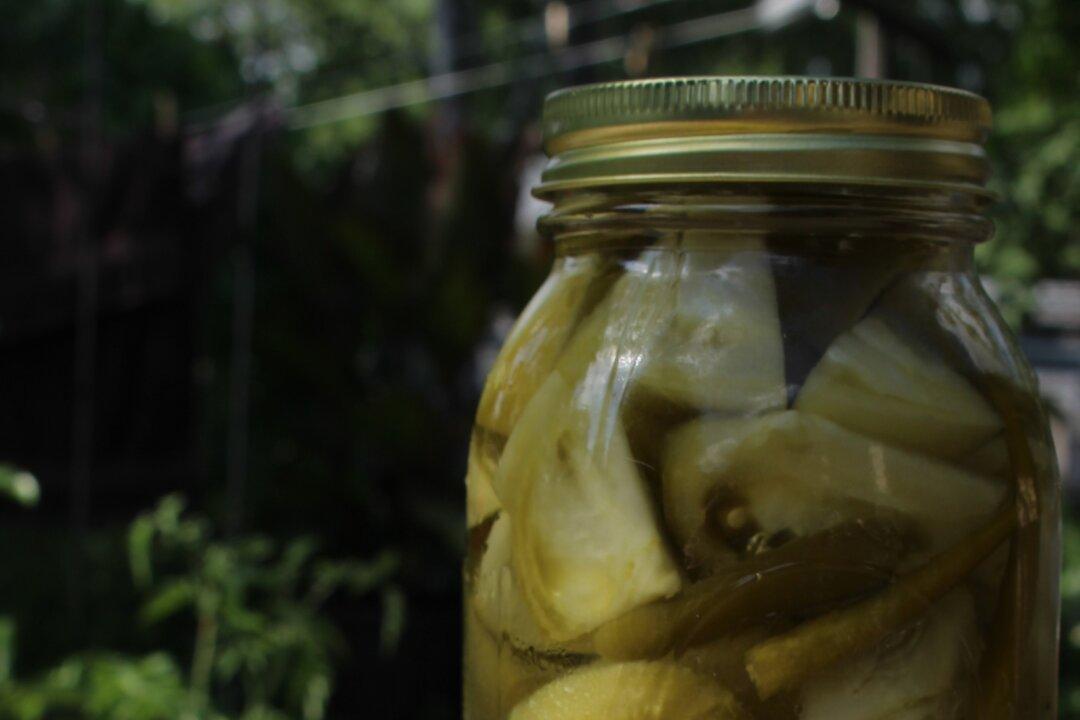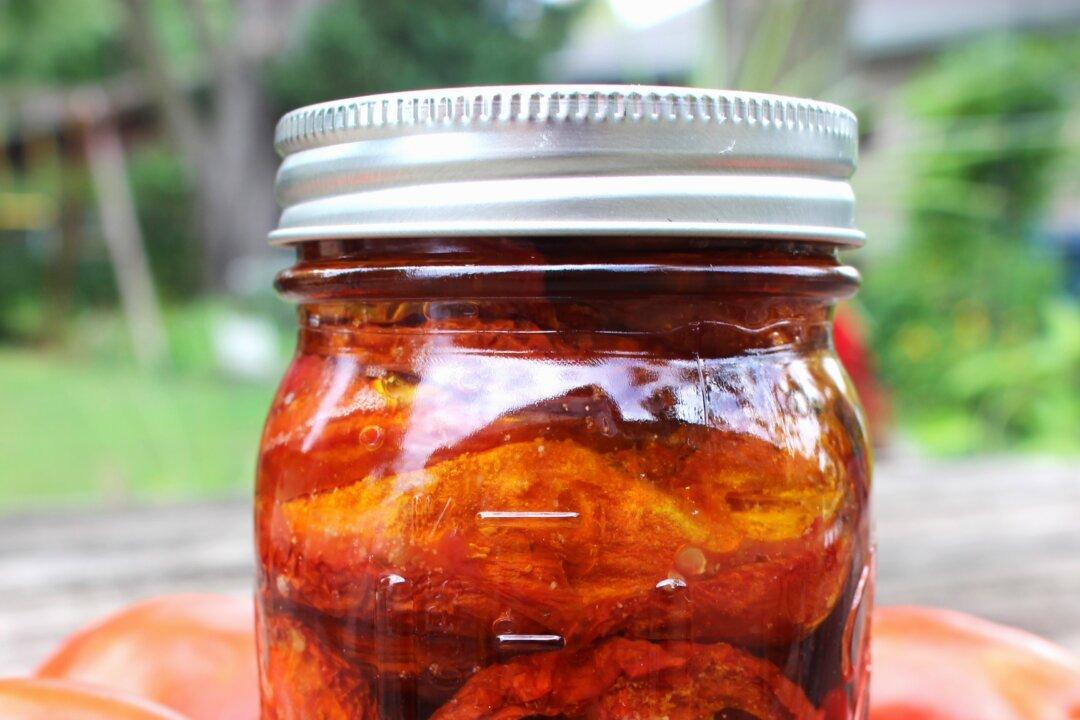It’s tomato season here in Minnesota, as well as across much of the nation. We plant about 20 tomato plants of different varieties in our front and back gardens each year, and we eagerly anticipate the first harvest each summer.
It feels like it takes ages for the first tomato to ripen, and we impatiently wait to pluck it off the vine—before the squirrels get to it first. Shortly after, though, we suddenly are brimming with more tomatoes than we know what to do with. This is when I begin cooking, freezing, canning, fermenting, freezing, and sharing all things tomato-based.





